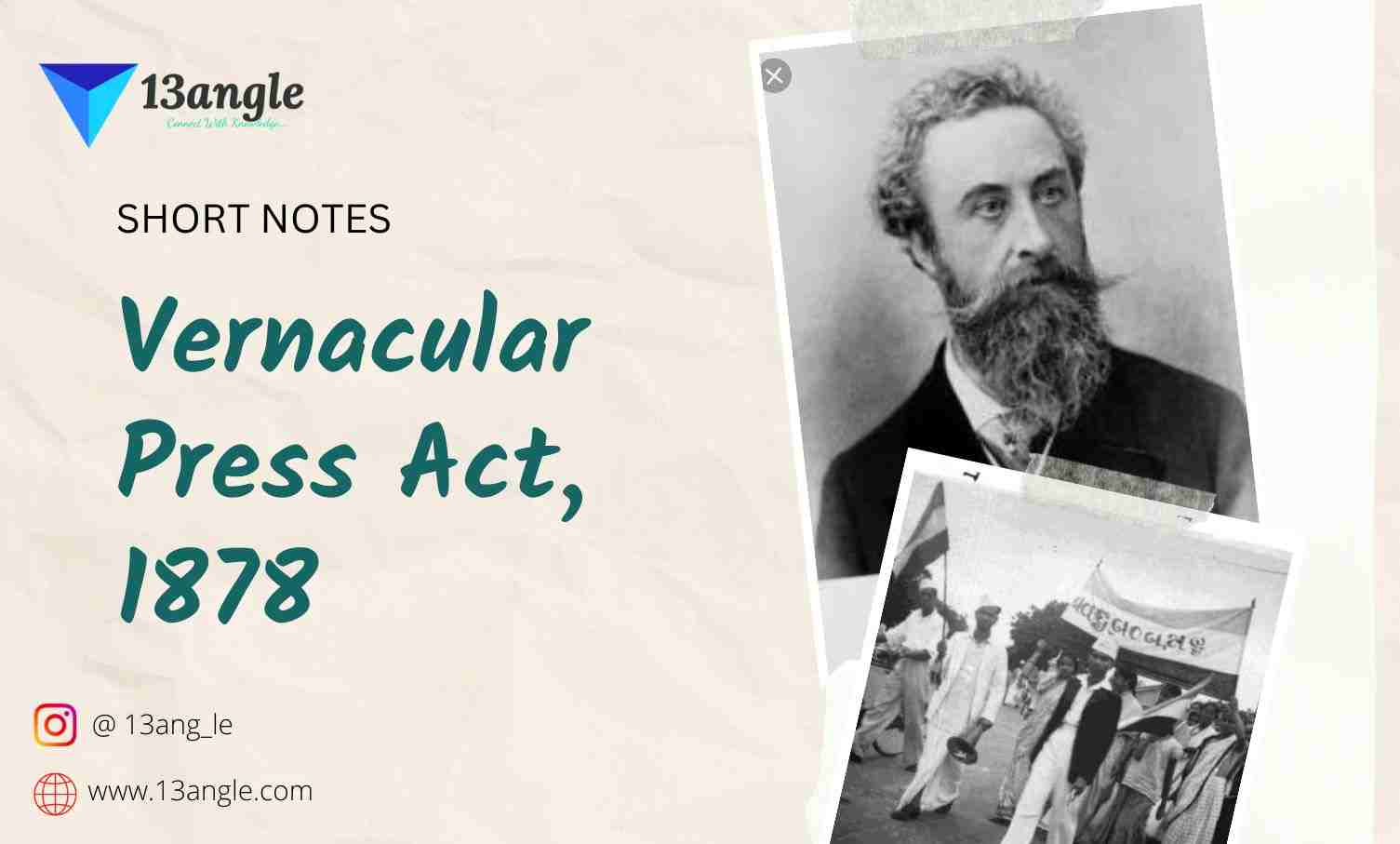- Land revenue systems are methods used by governments to collect taxes from agricultural lands within their jurisdiction. Three mainland revenue systems that were implemented during the British rule in India are:
Ryotwari system: This system was introduced by the British in 1820 and was mainly implemented in areas with a low density of population, such as Madras, Bombay, and Assam. In this system, the cultivator, also known as the ryot, directly dealt with the government officials and paid taxes on the land that they cultivated. The tax rate was based on the quality and productivity of the land.
Mahalwari system: This system was introduced in 1833 in the areas where communities lived together and cultivated land collectively, such as in the United Provinces, Punjab, and parts of Central India. The land was divided into mahals or villages, and taxes were levied on the entire village instead of individual cultivators. The revenue was divided among the cultivators according to the area of land that they cultivated.
- Permanent Settlement system: This system was introduced by Lord Cornwallis in 1793 in Bengal, Bihar, and Orissa. It was designed to create a fixed source of income for the British East India Company by fixing the land revenue payable by the cultivators in perpetuity. Under this system, the zamindars (landlords) were made responsible for collecting taxes from the cultivators and paying a fixed amount to the government. The cultivators had no direct contact with the government and had to pay taxes to the zamindars, who could charge them any amount they wished, leading to the exploitation of the cultivators.
- All these land revenue systems had their advantages and disadvantages. The Ryotwari system was beneficial for small cultivators, but large farmers and landowners who controlled vast areas of land were the primary beneficiaries of the Mahalwari system. The Permanent Settlement system was detrimental to the cultivators as they were exploited by the zamindars, and they had no protection against excessive taxation.





